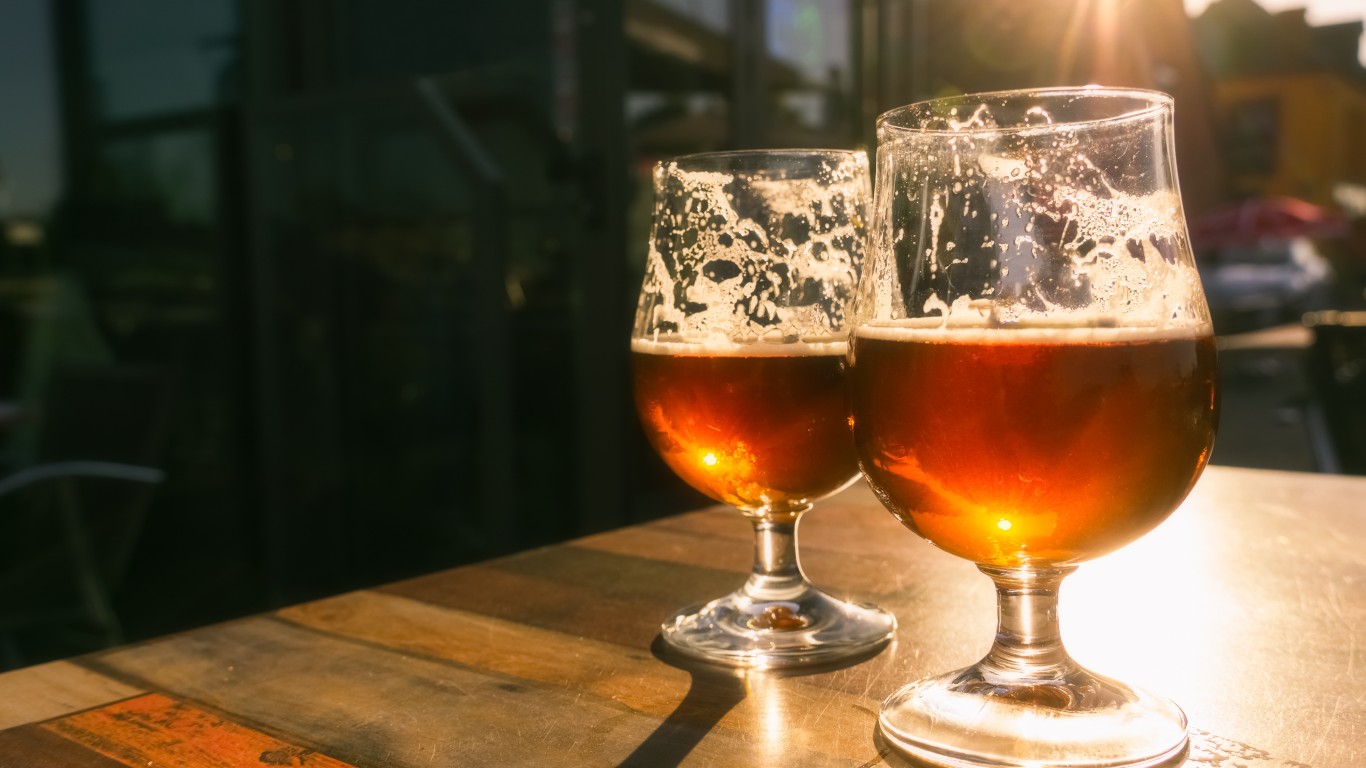
The global non-alcoholic beer market is expected to grow in the next decade. Consumers almost everywhere – in the U.S., Europe, South America, Asia – are switching to alcohol-free options for reasons of health or simply because they’re “sober curious” or interested in “mindful drinking.” (These are America’s most delicious beers.)
Even though we had non-alcoholic or so-called near beer during Prohibition – potables with less than 0.5% alcohol by volume – the non-alcoholic trend accelerated in the 1970s and has become its own robust niche.
There are several methods of producing non-alcoholic beer, but the most common involves heating conventional beer inside a strong vacuum, allowing the alcohol to evaporate at a reduced boiling point, which helps keep the flavor intact.
These beverages have been recommended to those with cardiovascular disorders (some varieties have been found to help lower the risk of heart disease) and pregnant women. Non-alcoholic beer may also promote bone growth and improve sleeping patterns, and generally have lower alcoholic content than other carbonated drinks. (Here are 10 reasons you will never want to drink soda again.)
A fertile area of sales of non-alcoholic beer is among millennials, who are leaders in the sober curious movement and have a proclivity to try new beverages. Asia and Europe are seen as prime areas for growth between 2021 and 2031. In China in particular, there has been an increasing preference for beverages that have minimal alcohol content.
Click here to see 25 things you might not know about non-alcoholic beer
To compile a list of 25 things you might not know about non-alcoholic beers, 24/7 Tempo consulted coverage of the topic on sites including Global Market Insights, Market Research Future, The Business Research Company, and Statista.

Frothy growth
> By 2023, the global non-alcoholic beverage market is projected to have registered a compound annual growth rate of 7.4% since 2020.
[in-text-ad]
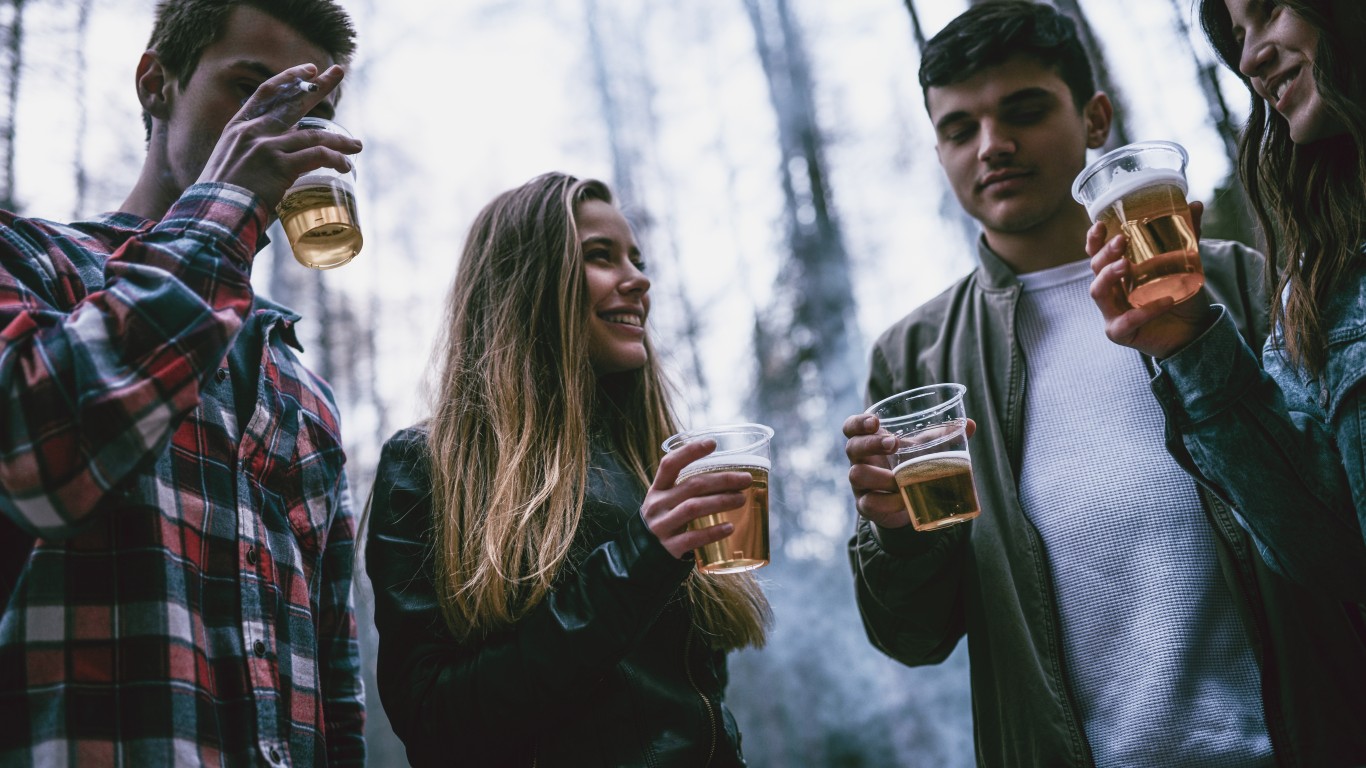
U.S. sales
>Total non-alcoholic beer sales in the U.S. are expected to account for 23.6% of the global market share in 2022.
Health reasons
>The rising prevalence of cardiovascular diseases in the U.S. is helping boost demand for non-alcoholic beers.

Millennials
>The millennial generation’s inclination to try different flavors in mixed brews and beverages also is fueling sales of non-alcoholic beers.
[in-text-ad-2]
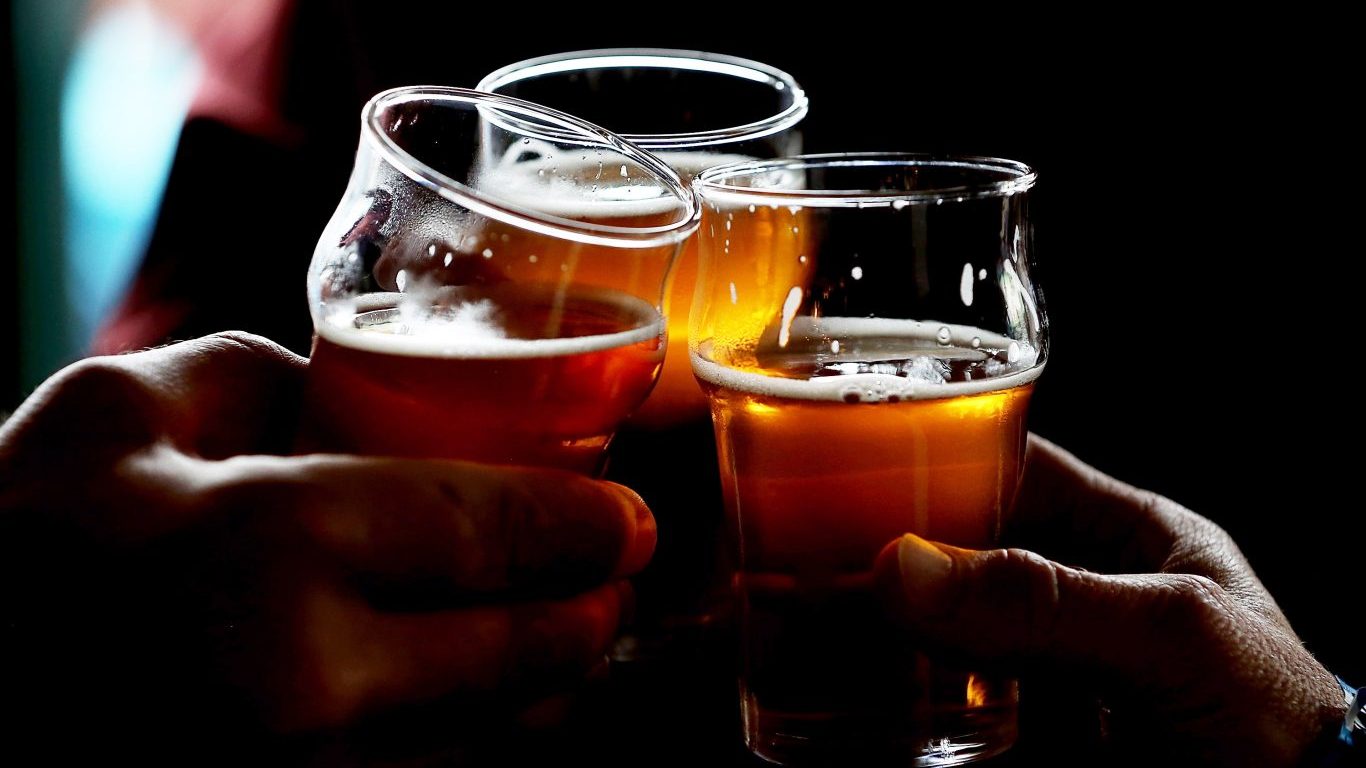
Global market
>The global market size will reach about $46.3 billion by 2025.
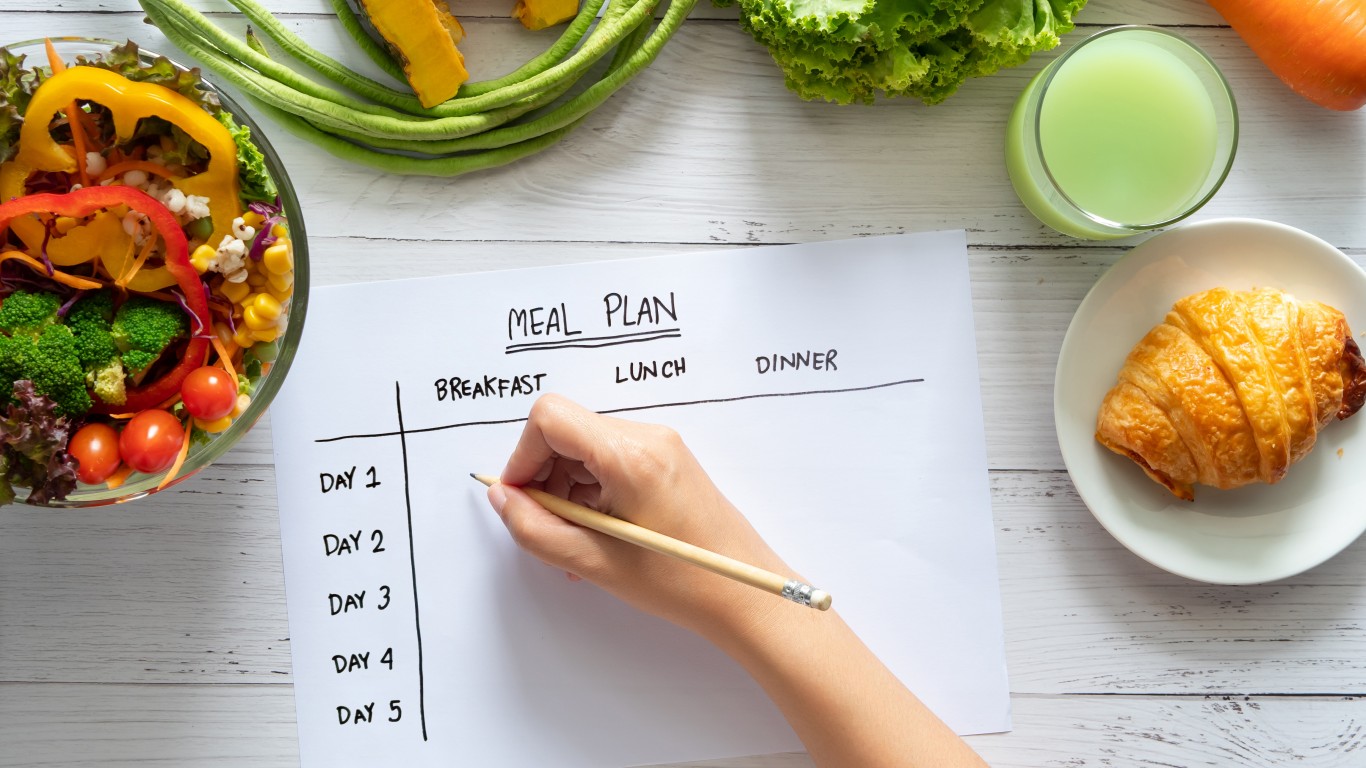
Lower in calories
>Non-alcoholic beers are lower in calories than their equivalent full-strength beverage (because alcohol contains 7 calories per gram).
[in-text-ad]
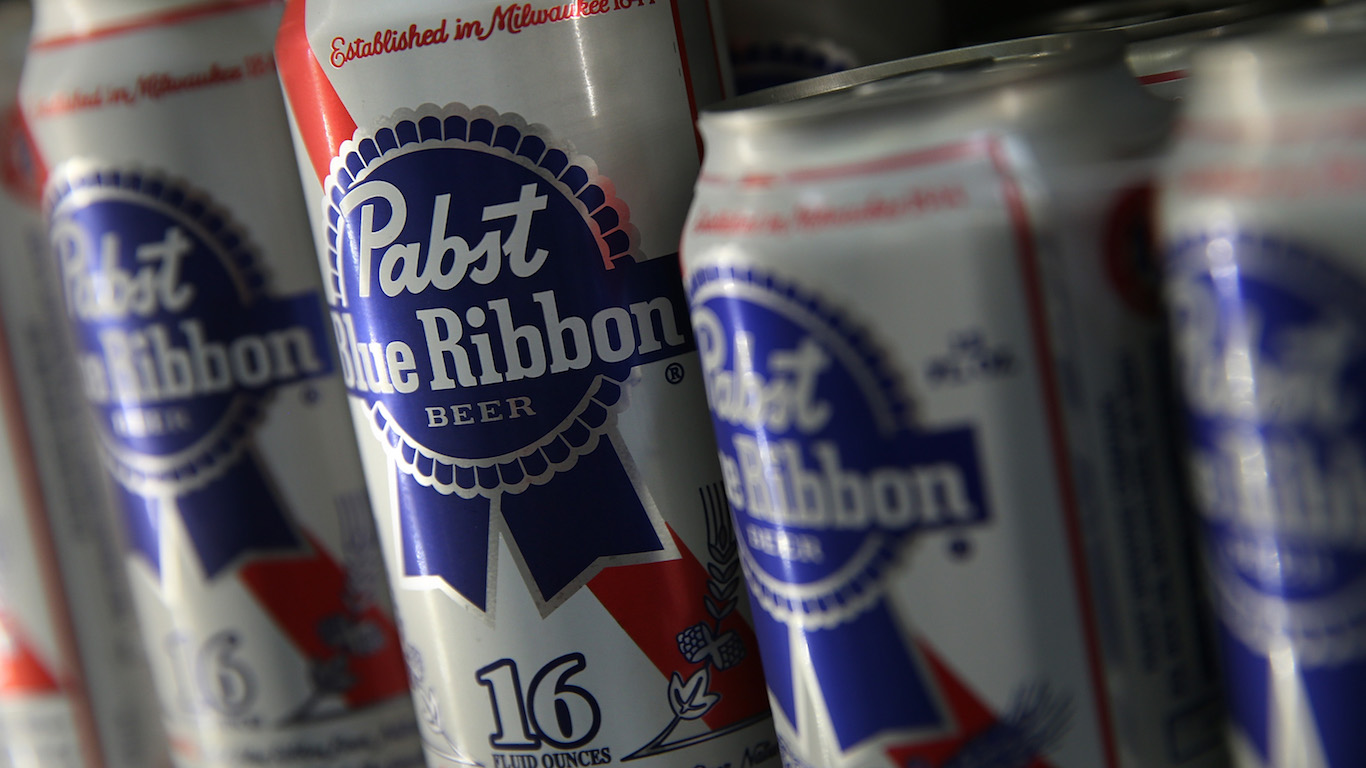
Near beers
>Brewers such as Pabst and Anheuser Busch created “near beers” during Prohibition – brews that had alcohol content of 0.5% or less.
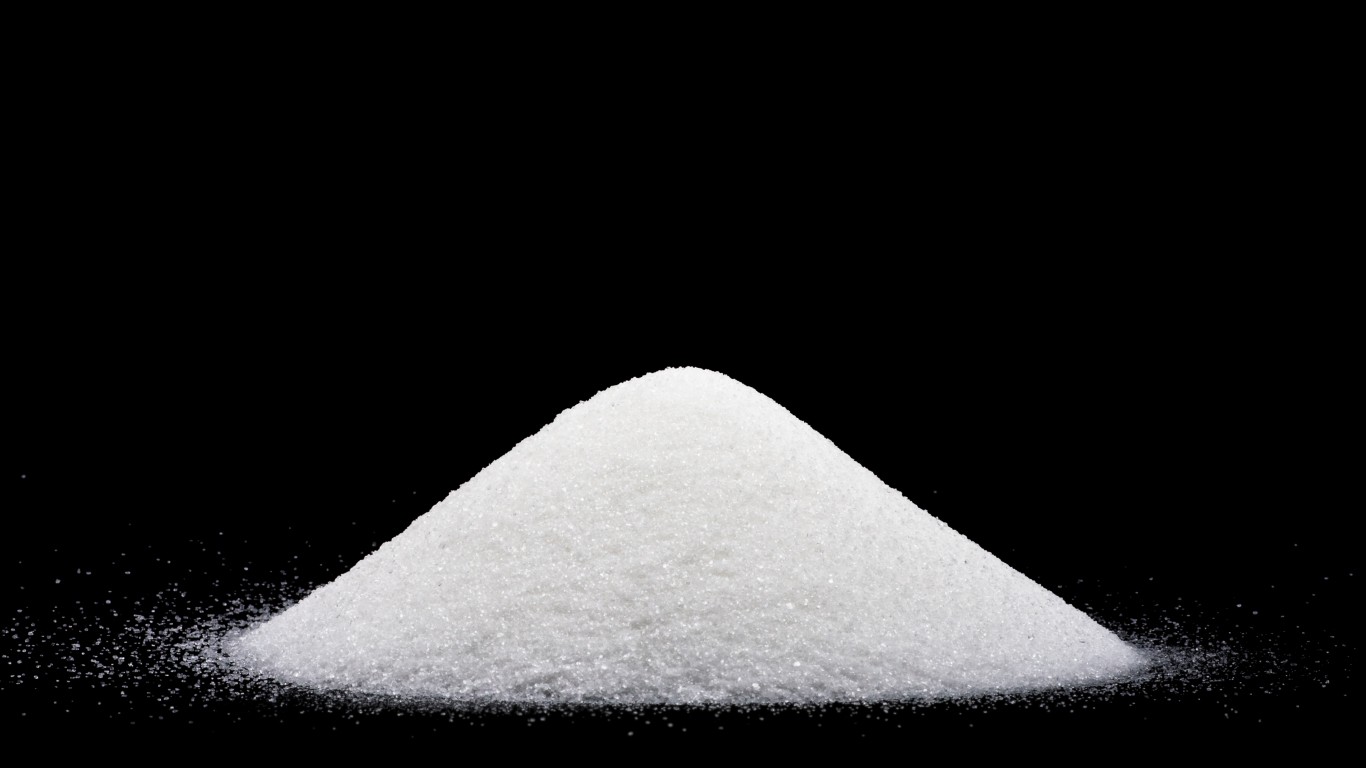
Higher in sugar
>Non-alcoholic beer is often higher in sugar than regular beer because of the way it’s made (although some examples are low in sugar).
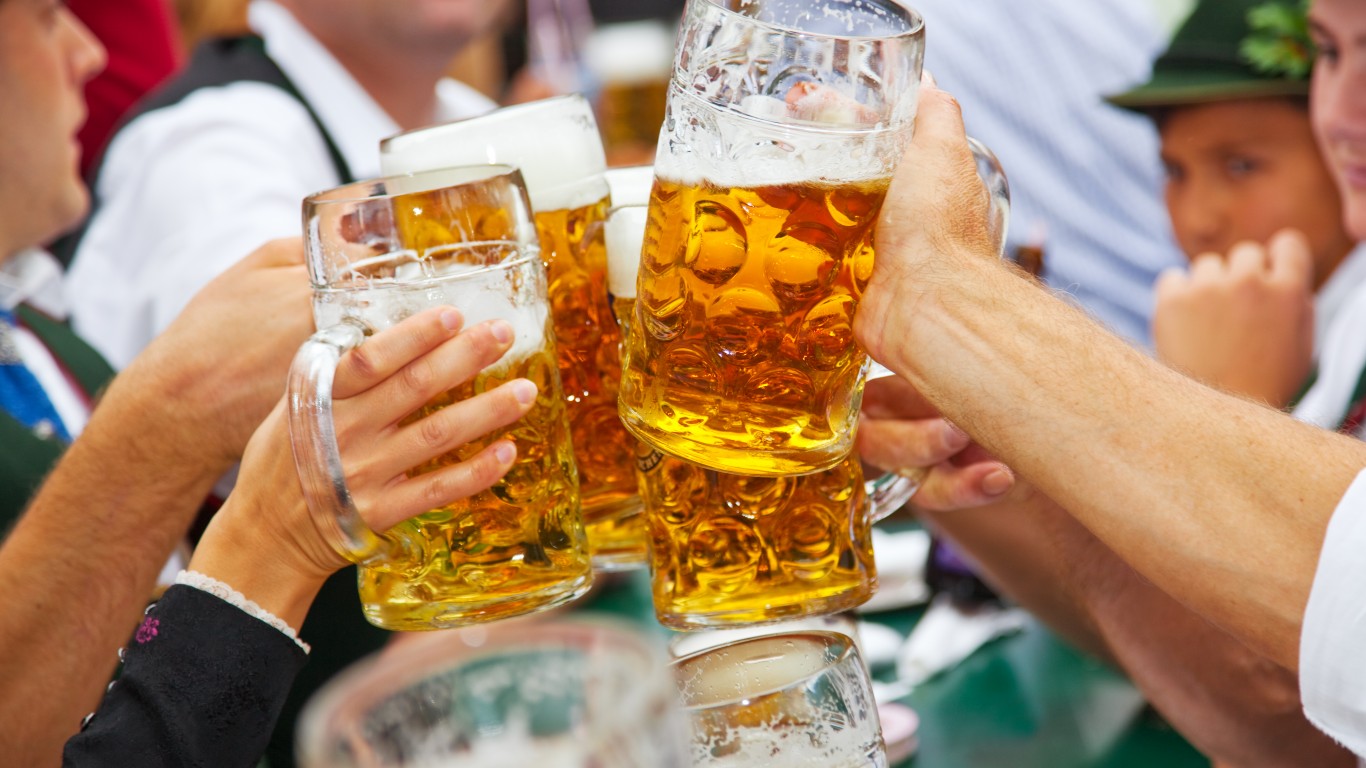
Germany
>A survey last year revealed that 46% of Germans drink non-alcoholic beer.
[in-text-ad-2]
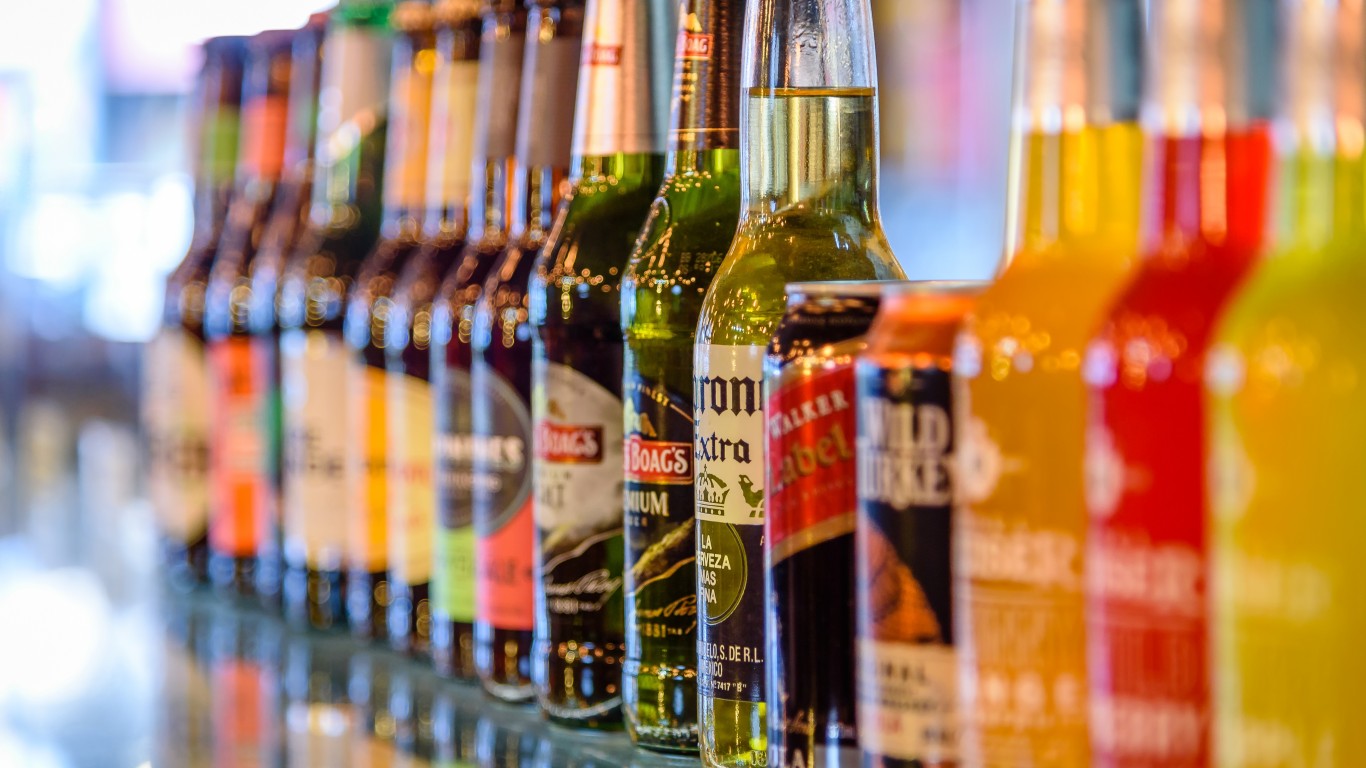
It’s the law
> By law, “non-alcoholic” beers sold in the U.S. can contain up to 0.5% alcohol by volume. Many brands claim to offer 0.0% ABV.
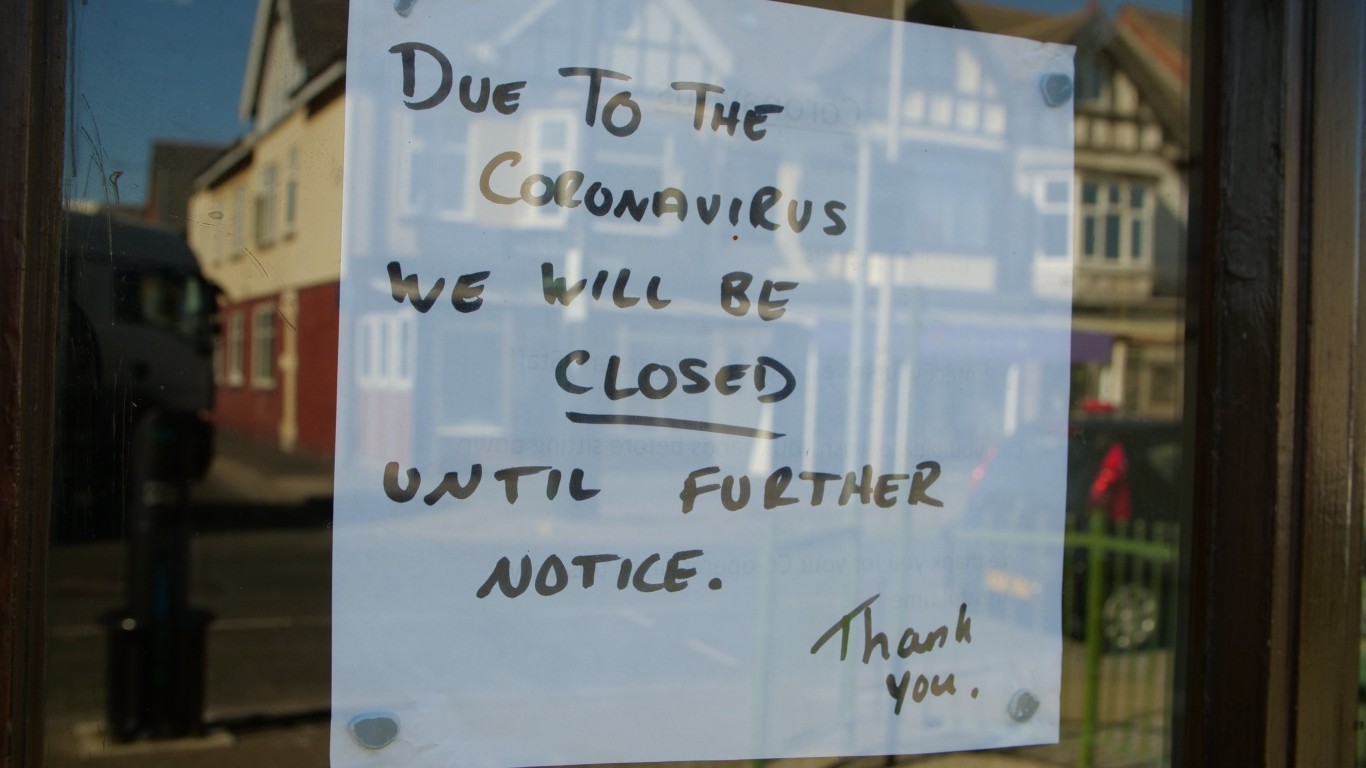
Pandemic shift
>Binge drinking soared during COVID-19, but by the second year of the pandemic, people began to turn to non-alcoholic drinks, including beer, as a healthier option.
[in-text-ad]

Muslims
>Religious beliefs, including those of an increasing Muslim community, are fueling the demand for non-alcoholic beverages.
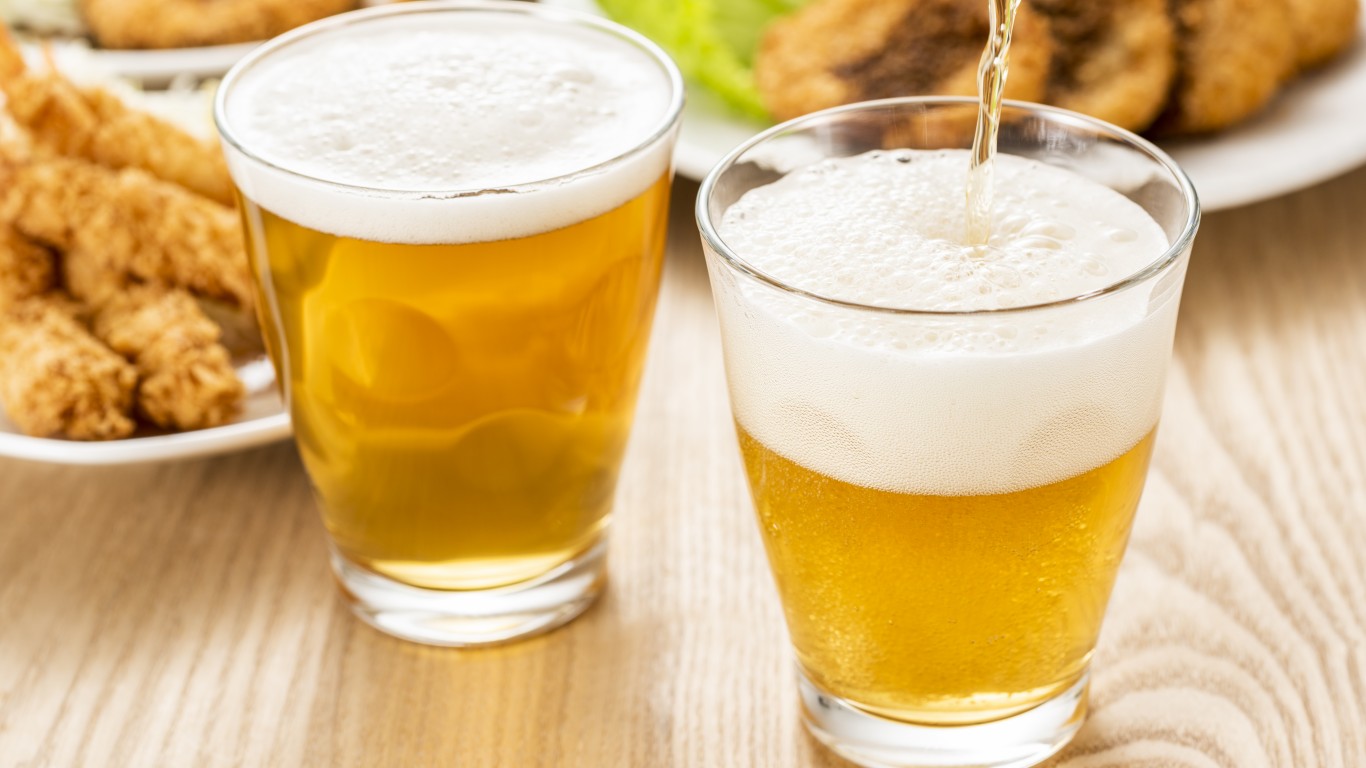
Shortcomings
>Drawbacks to non-alcoholic beer are the loss of flavor and aroma during the process of removing alcohol. The industry has made great strides in improving the taste of non-alcoholic beers, however.
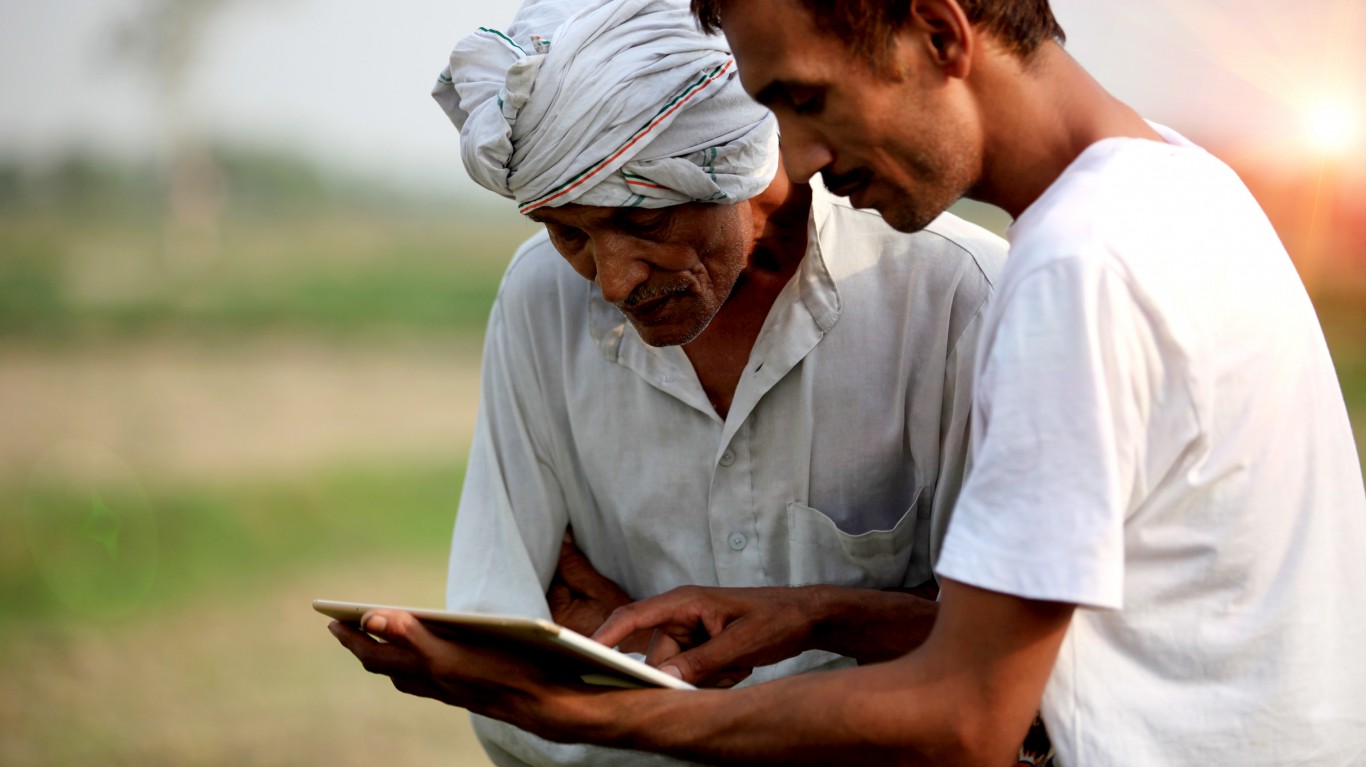
Developing nations
>Growing disposable incomes and increasing Westernization in emerging economies should increase consumer spending on non-alcoholic beverages.
[in-text-ad-2]

Benefits
>Producers are emphasizing functional benefits, such as boosting immunity, of non-alcoholic beverages, which are likely to impact the market positively.
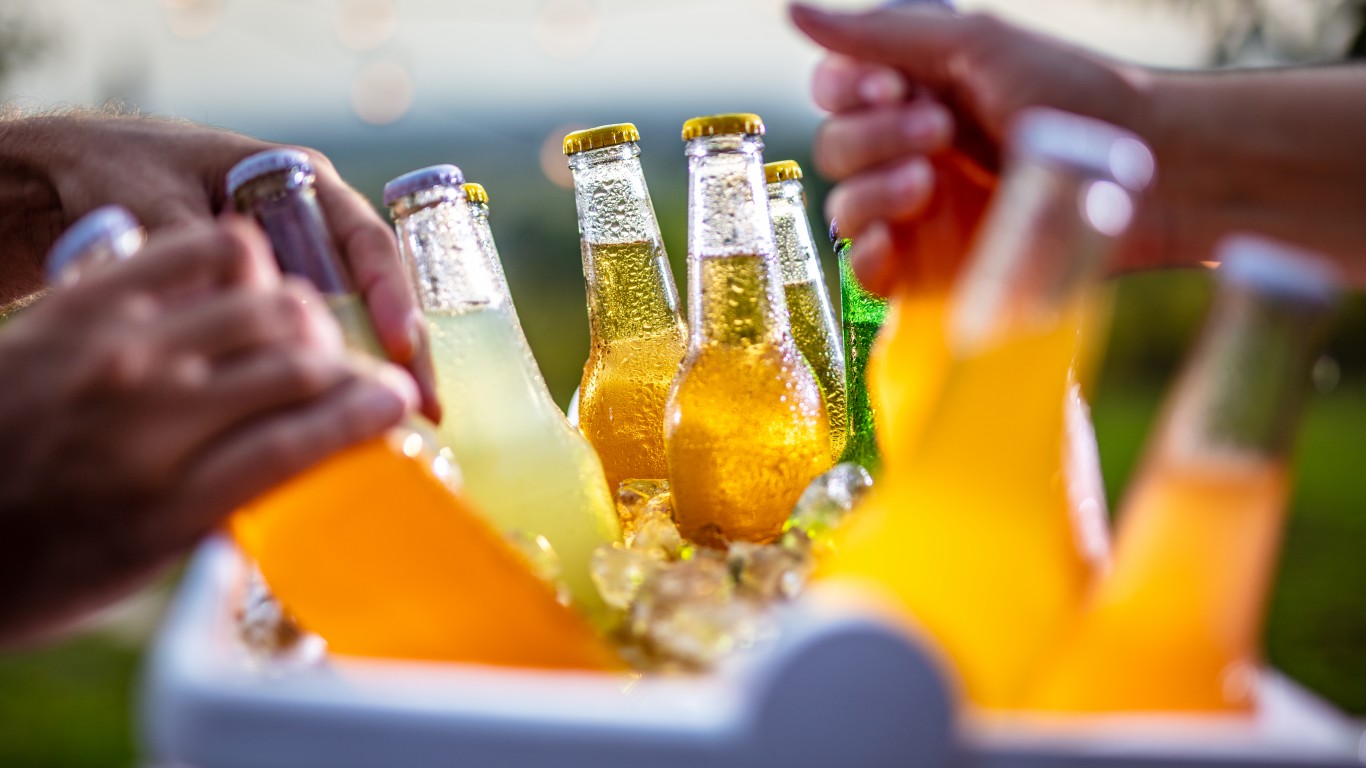
Non-alcohol variety
>The non-alcoholic beverage market offers consumers a range of products among carbonated and non-carbonated beverages.
[in-text-ad]
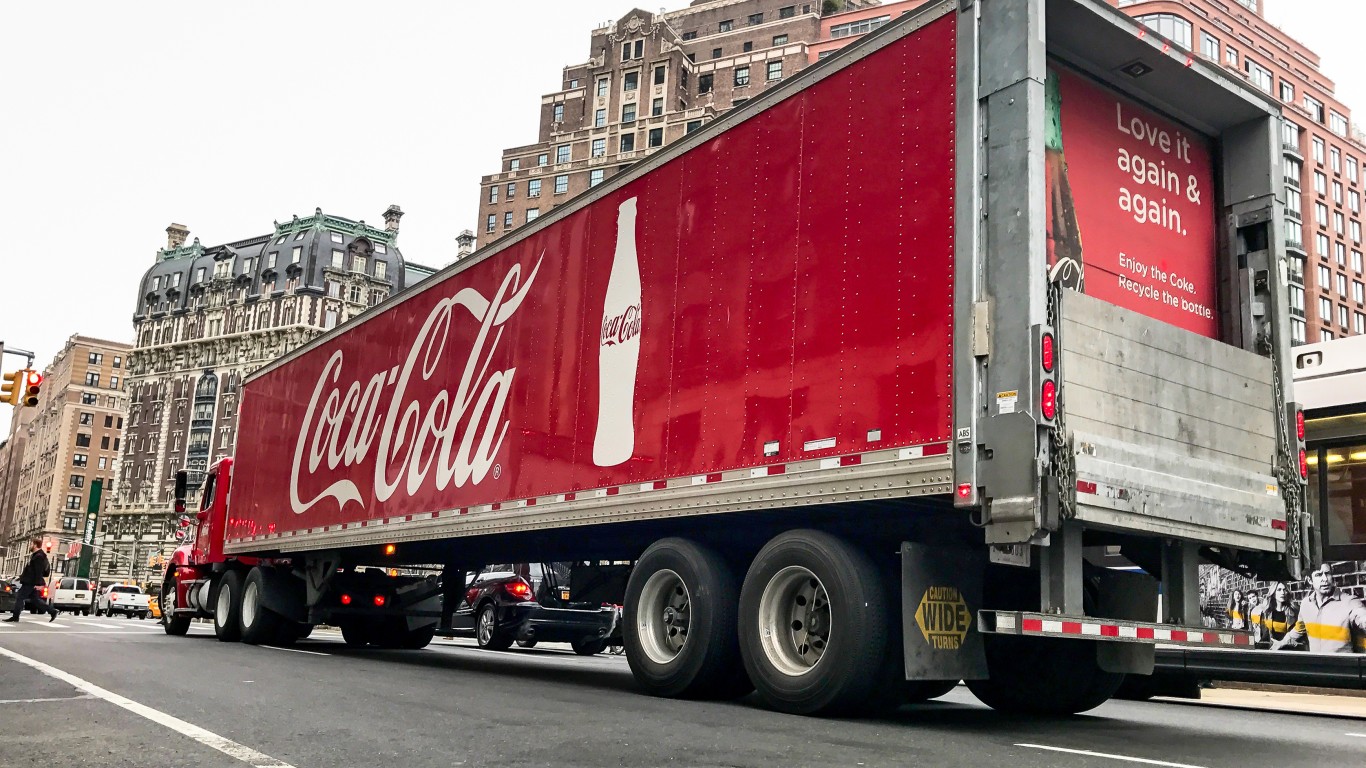
Beverage heavyweights
>The non-alcoholic beverage market has major players such as PepsiCo, Coca-Cola, Danone, and Nestlé.
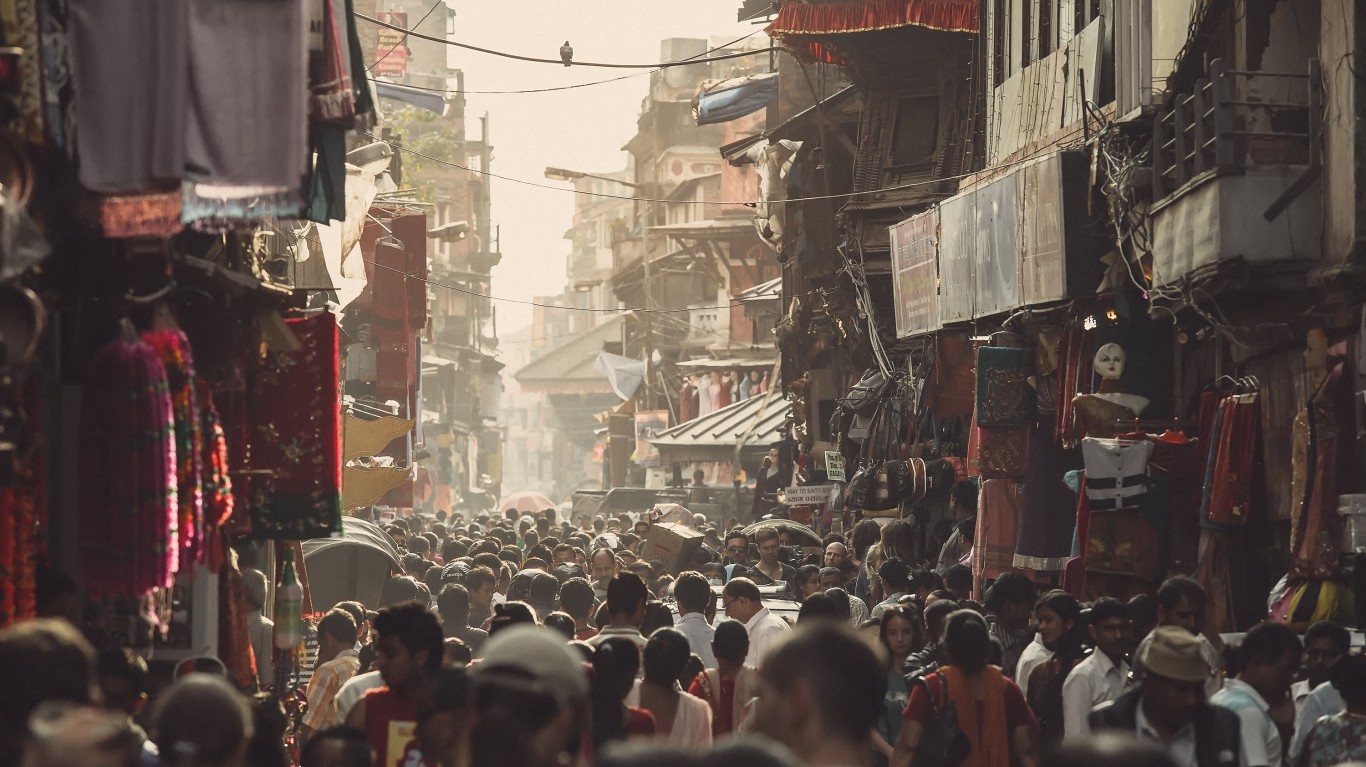
Asia growth
>The Asia-Pacific region is the fastest-growing and largest market for non-alcoholic drinks.
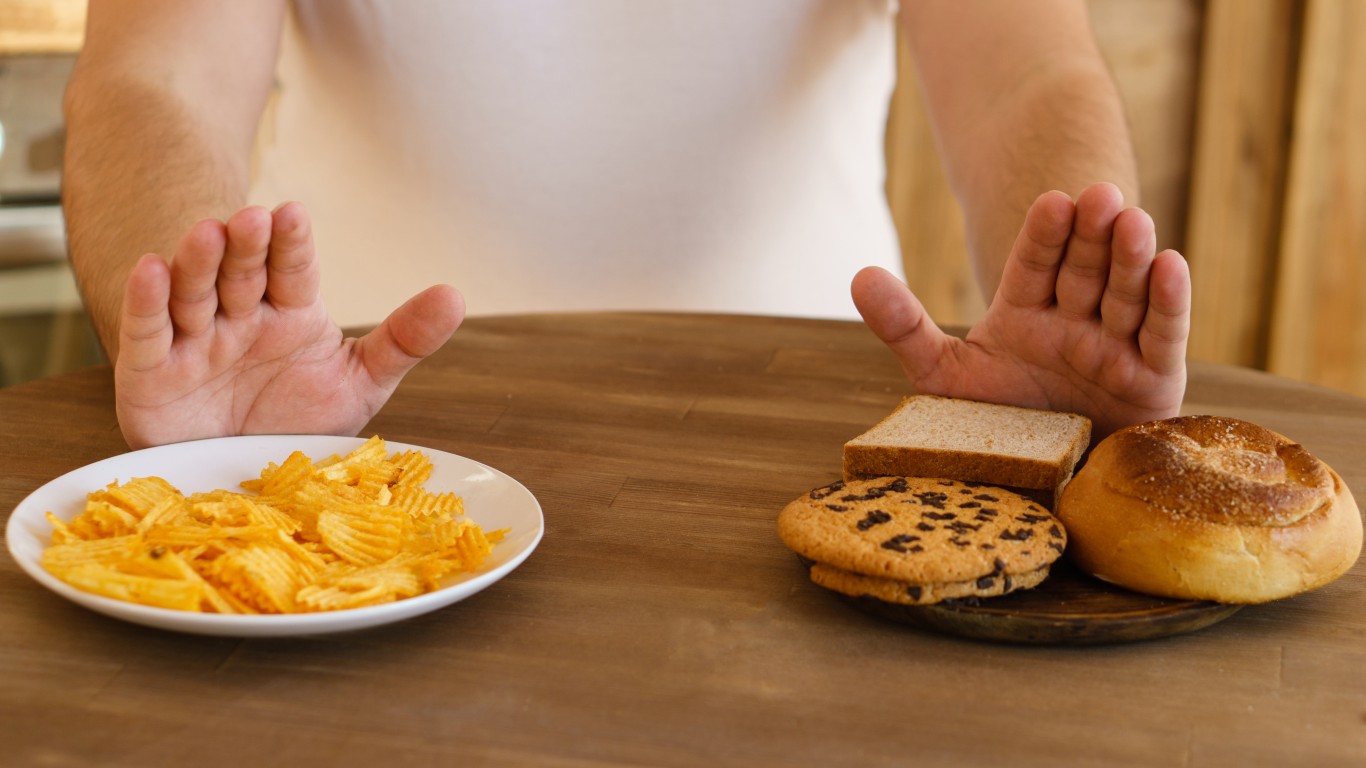
More carbs
>Non-alcoholic beer has more than twice the carbs of regular beer, mostly in the form of sugar. This helps improve the taste after the alcohol has been removed.
[in-text-ad-2]
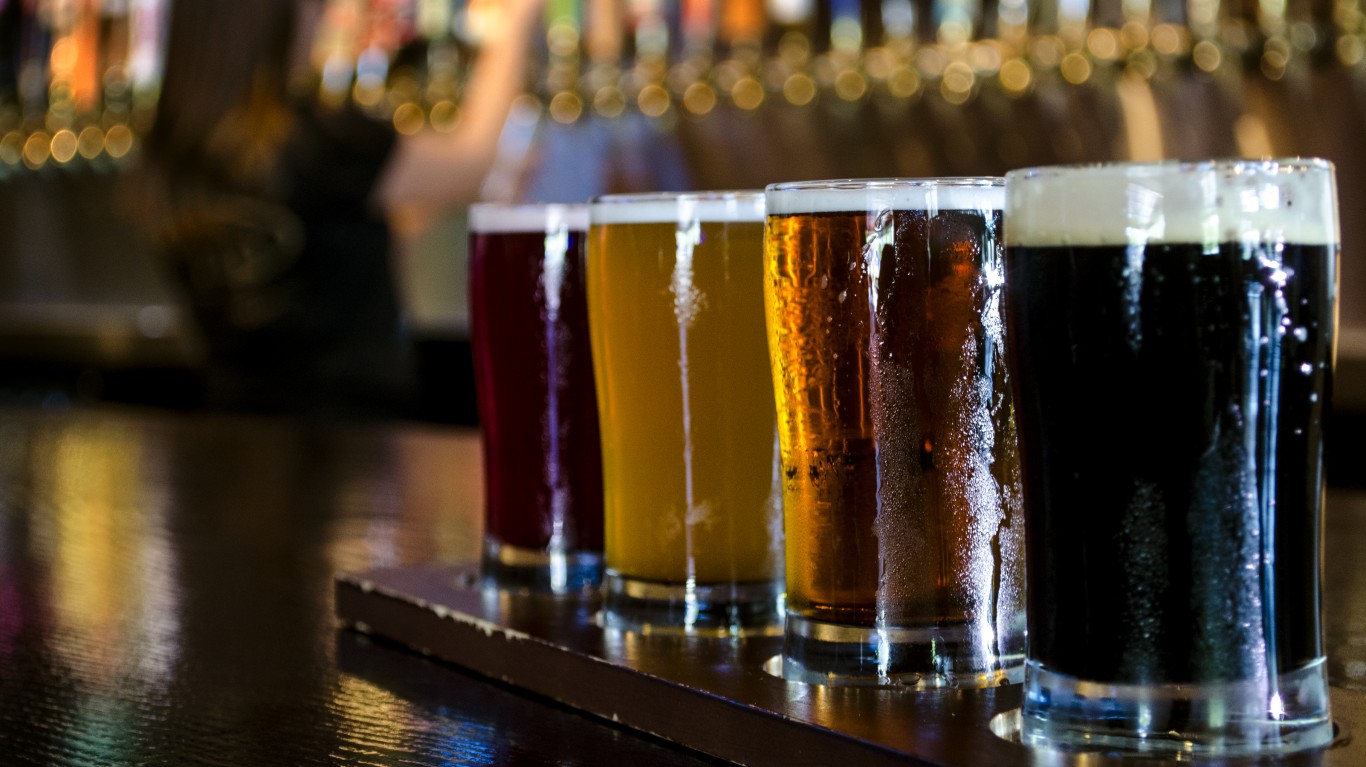
Craft beers
>In a nod to the growing interest in non-alcoholic beer, many craft breweries are creating their own brews, including IPAs, stouts, and Belgian-style ales.
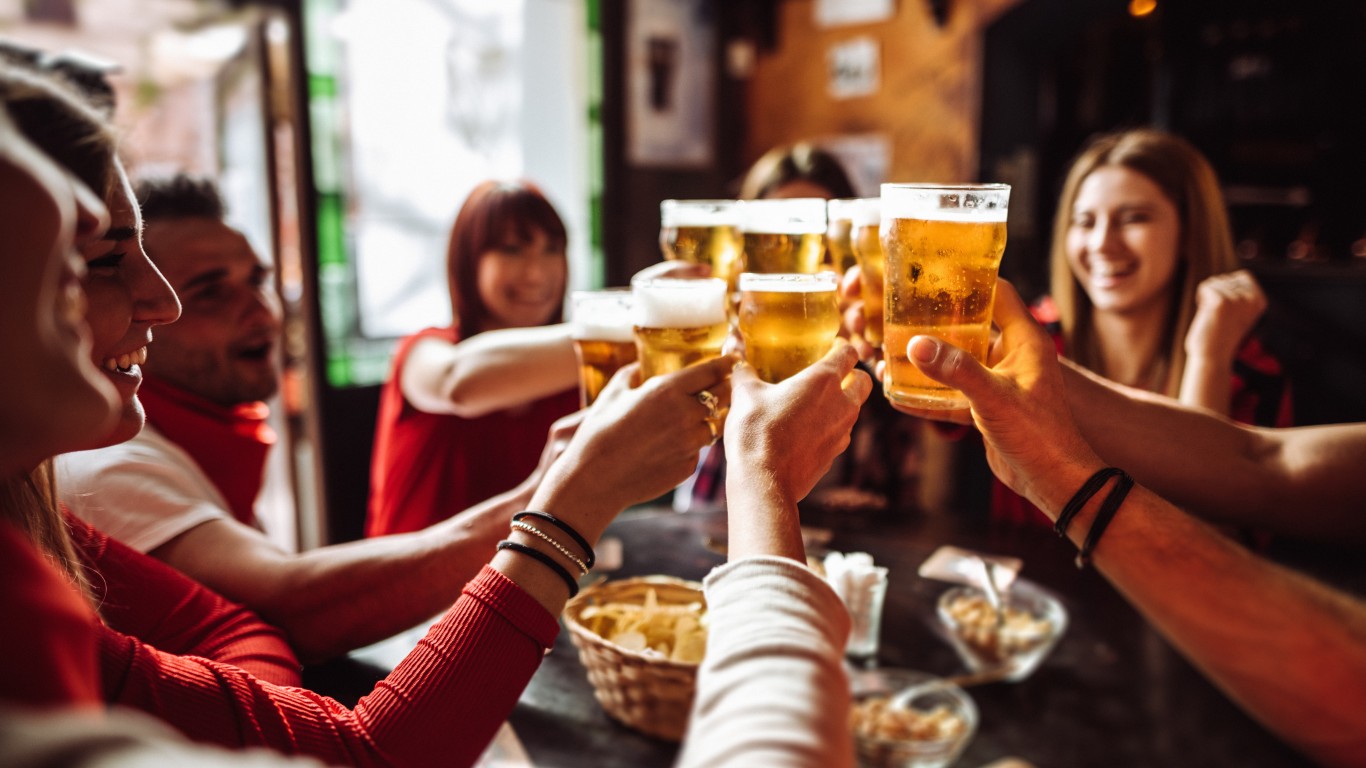
Upward trend
>Revenue of non-alcoholic beer worldwide rose every year starting in 2012, except for 2020 when COVID hit.
[in-text-ad]
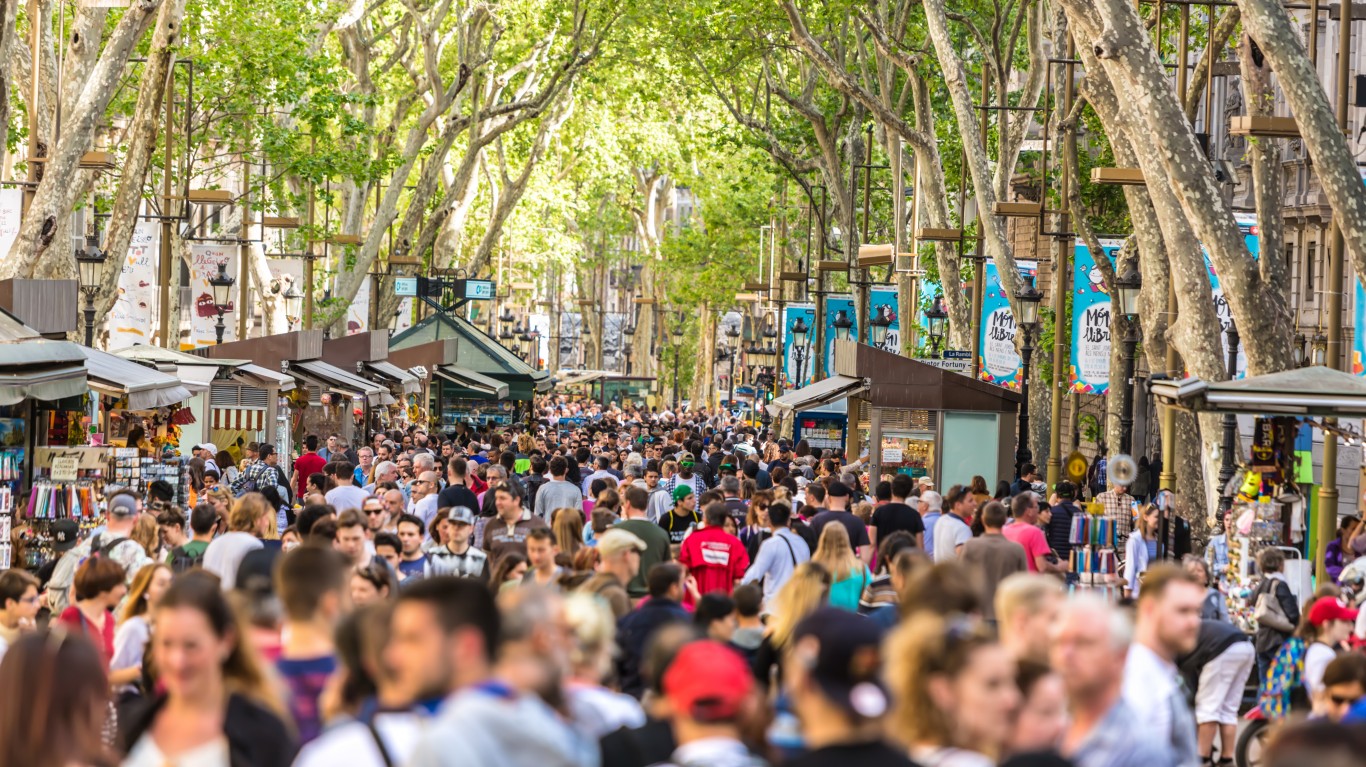
Europe
>A 2019 Global Markets Research report estimates the market for non-alcoholic beer in Europe will reach $6 billion by 2024. The top markets for non-alcoholic beer are Spain, Germany, and Russia.
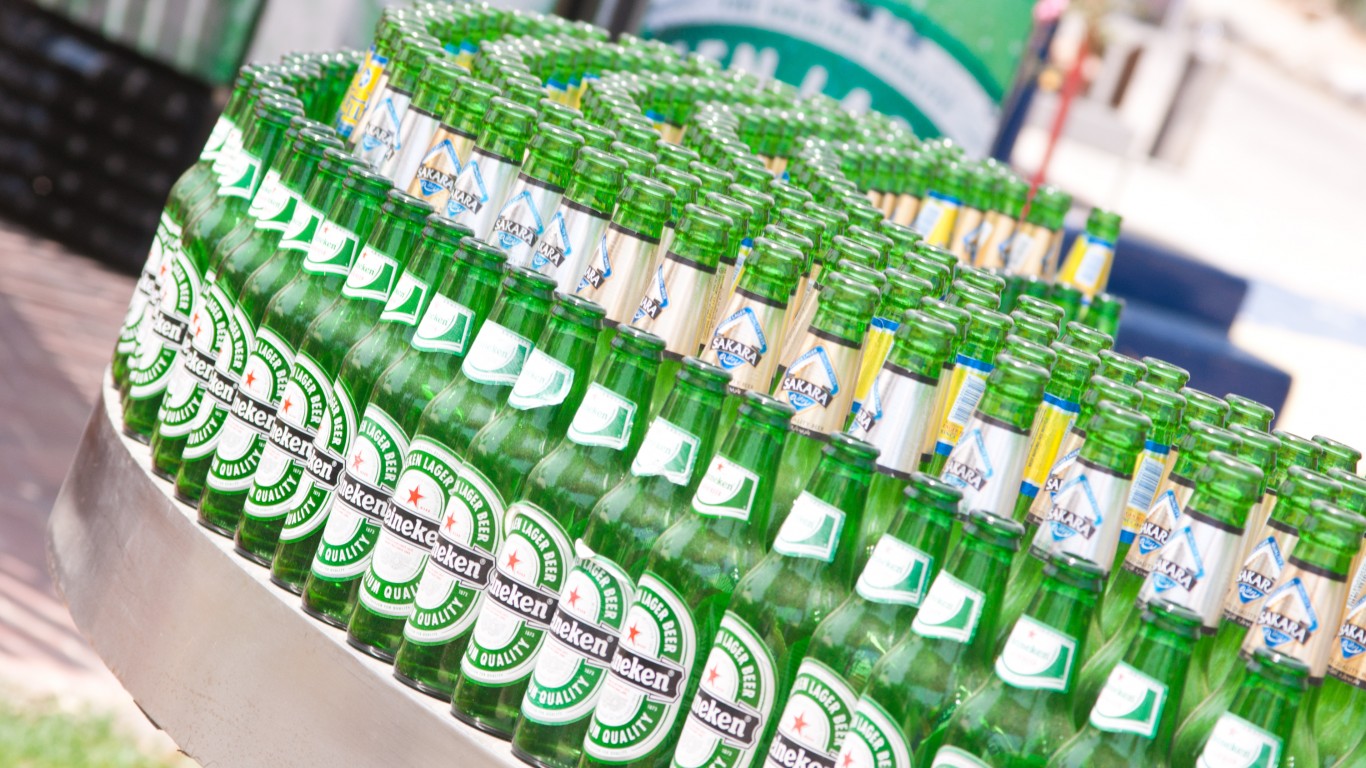
Big players
>Key players in non-alcoholic beer market are Heineken, Anheuser Busch, Erdinger Weibbrau, Big Drop Brewing, and Moscow Brewing.

Begun in 1970s
>The first modern non-alcoholic beers appeared in the 1970s, although non-alcoholic beer has its roots in the Prohibition era.
[in-text-ad-2]
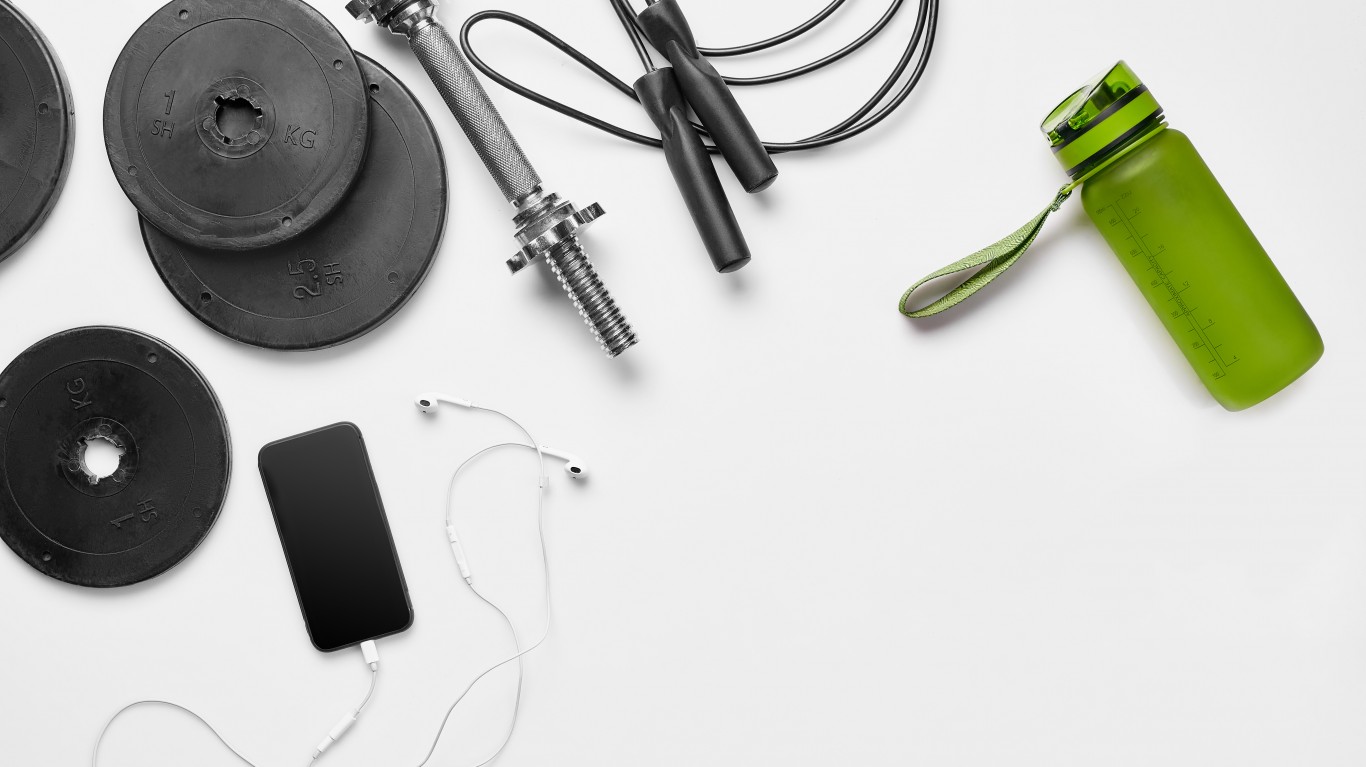
More non-drinkers
>An increasing population of non-drinkers and the growing adoption of healthy lifestyles should drive the growth of the non-alcoholic beer industry.
Thank you for reading! Have some feedback for us?
Contact the 24/7 Wall St. editorial team.
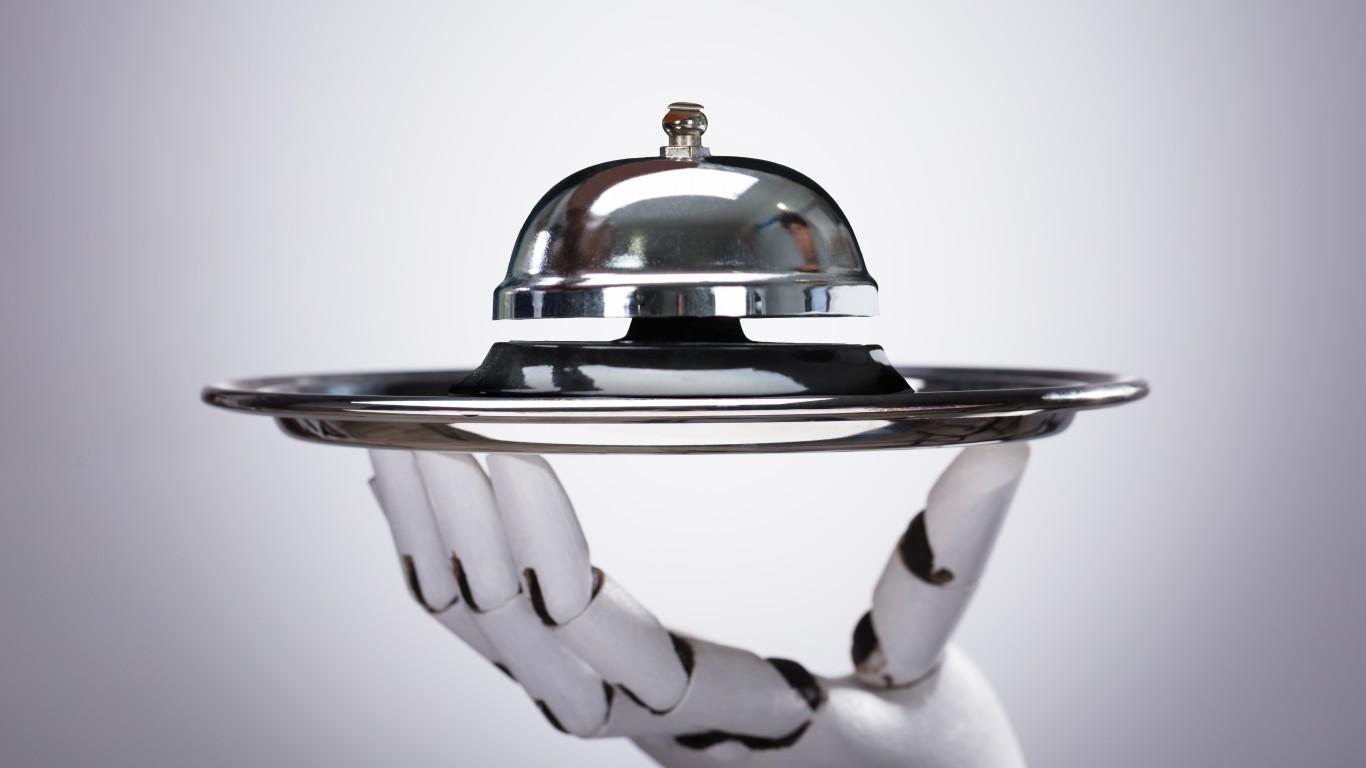 24/7 Wall St.
24/7 Wall St.
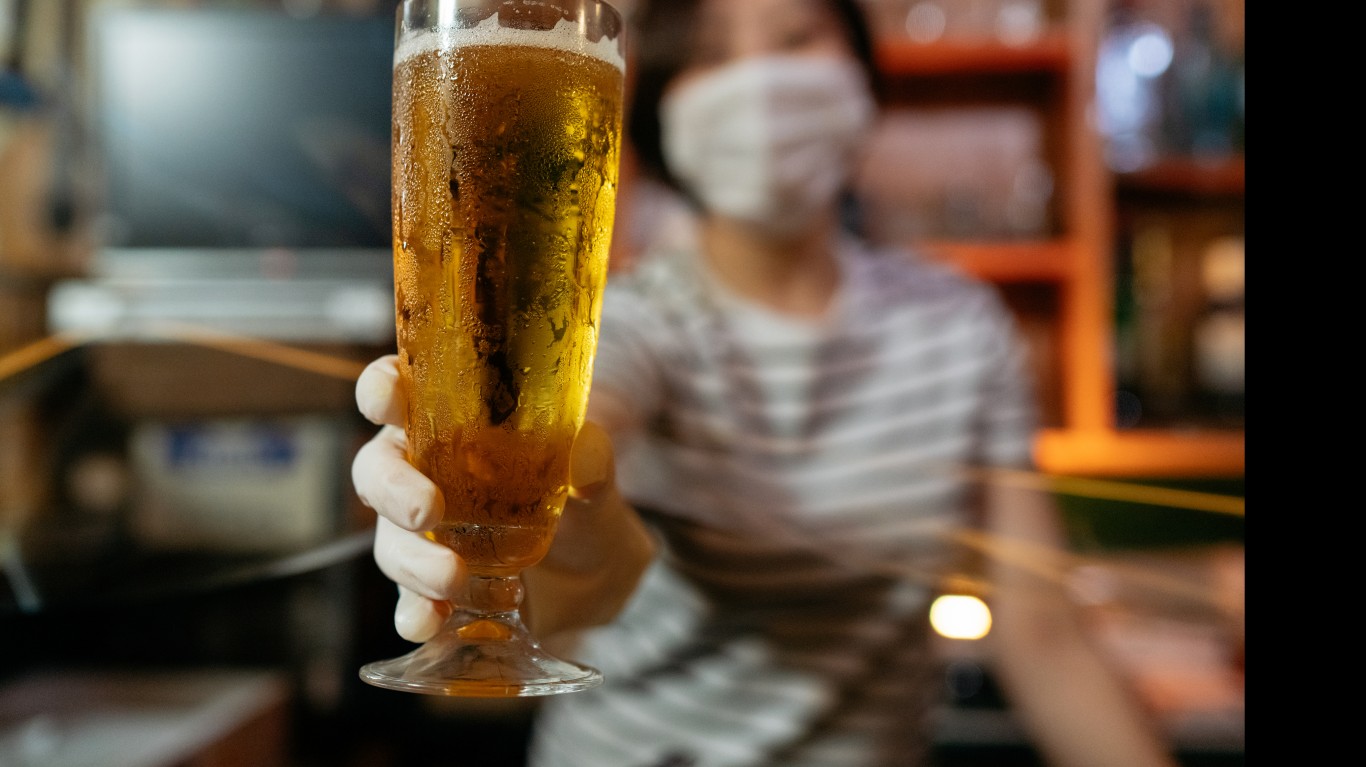 24/7 Wall St.
24/7 Wall St.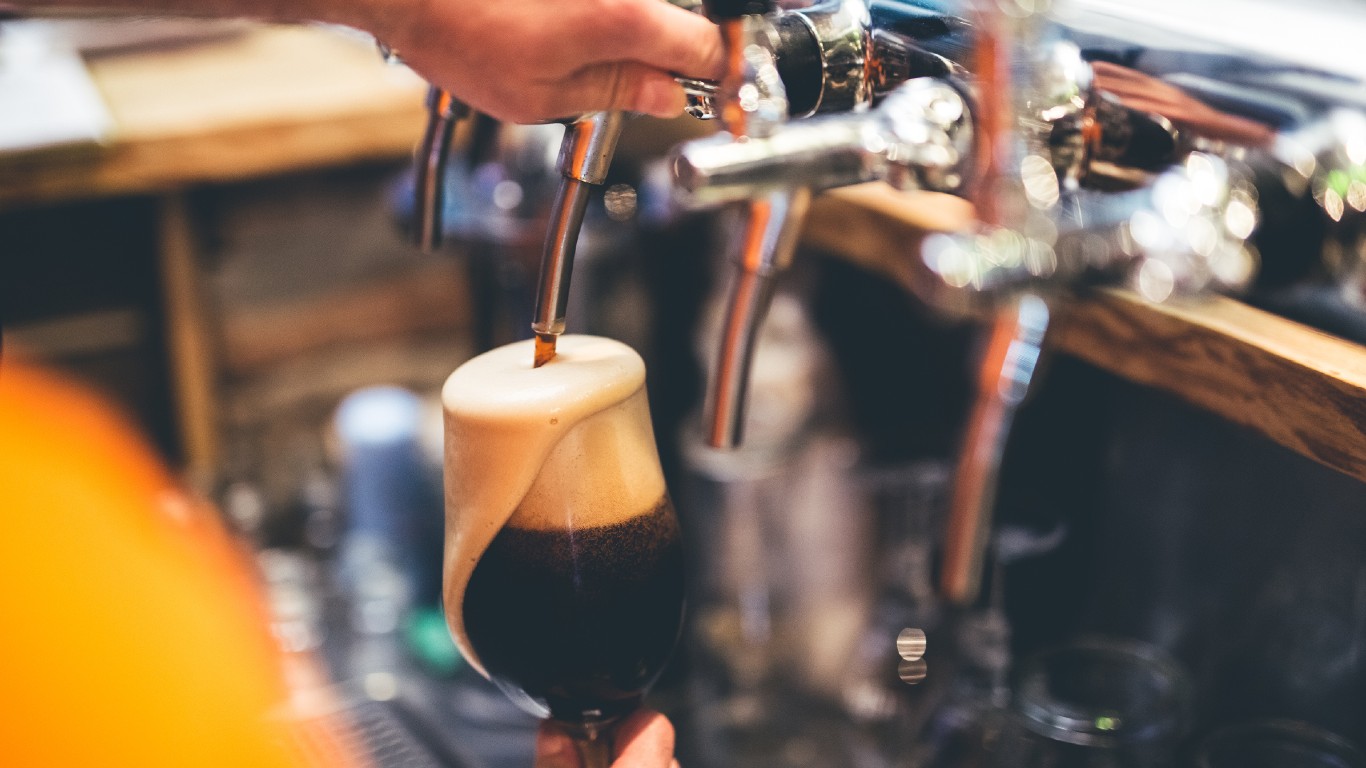 24/7 Wall St.
24/7 Wall St.

